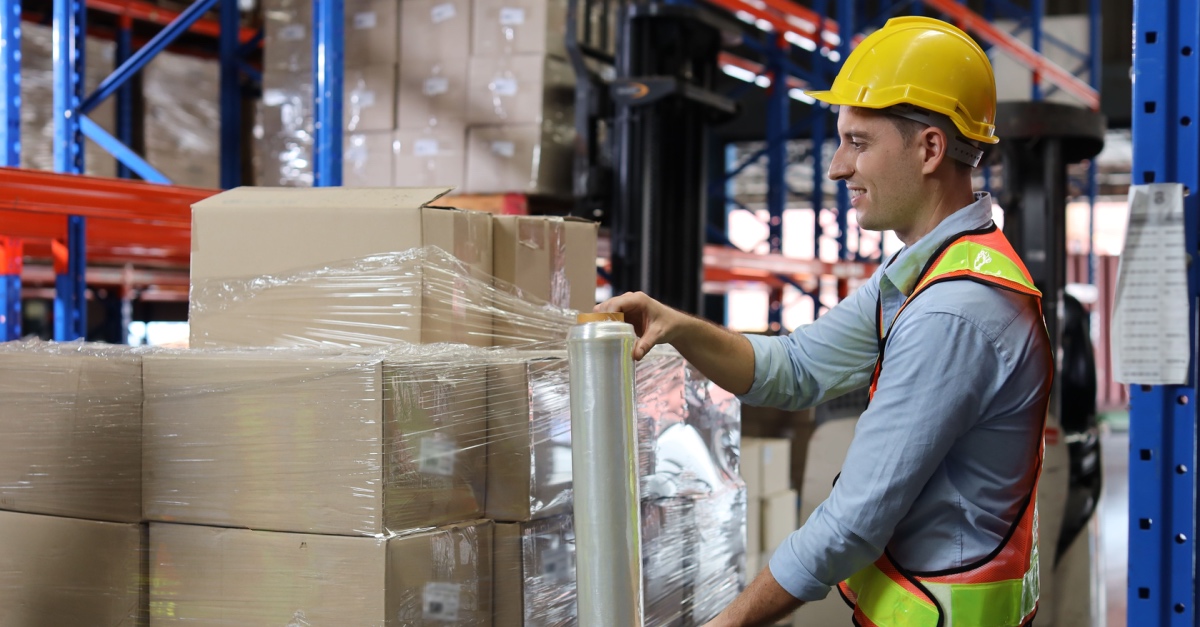

Tech innovators and labor advocates have long been at odds about the benefits of incorporating robotic assistance into manufacturing processes. Would machines ever be:
If so, how do we harmoniously integrate such automation into operations where, for decades, we’ve relied on humans? And what return can be expected in terms of productivity, speed, capability and cost?If there’s tension between tradition and innovation, it turns out, it may be misplaced. As new tech arrives, the picture of what automation will look like becomes clearer. Consensus is beginning to form around the idea that robots will assist and improve manufacturing tasks, transforming what human labor looks like rather than replacing it altogether.These robots, designed to collaborate with manufacturing teams, have been dubbed “cobots,” and they represent the next wave of automation. Should Operations leaders rethink their entire labor plan? The short answer is no, and it has everything to do with a principle that Productiv has long championed: there is great value in human driven, lean-engineered hand assembly especially when the work is variable, or requires fine dexterity, contextual vision and cognition.Let’s explore. What are cobots?Simply put, cobots are robots that are programmed to perform tasks alongside human workers. When compared to their robotic counterparts, cobots tend to be smaller and slower, but smarter. Where traditional industrial robots may be called upon to move loads or shape heavy metals, cobots can perform tasks like installing shock absorbers on cars. They can be incorporated into assembly lines and can make certain tasks easier. Here’s a video of a cobot in action from Universal Robots:[embed]https://www.youtube.com/watch?v=kOPVvYapElQ[/embed]Why manufacturers should be paying attention to cobotsBusiness analysts have made bold predictions about the increased use of cobots, and early trends seem to be bearing that out. A report from the International Federation of Robotics and Loup Ventures notes that cobot sales make up three percent of all robot sales worldwide, but that the number is expected to jump to 34 percent by 2025.Amazon, a frequent case study for those keeping tabs on cobot use, has turned to machines to transport shelves of merchandise. Between 2015 and 2018, Amazon increased the number of robots working in its warehouses from 1,400 to 45,000.So the cobot revolution, it would appear, is certainly on the horizon. But are cobots a direct replacement for human workers? During that same three-year period, the rate at which Amazon hired workers did not dip at all. To the contrary, Gartner, a leading global research firm, estimates that AI (an element of collaborative robots) will create more jobs than it eliminates by 2020. Cobots: no replacement for hand laborOne reason cobots will not replace humans is that they have real limitations in complex and high-finesse tasks, and tasks requiring team interaction and cognition. Consider the words of futurist Richard van Hooijdonk:
Tasks that we think of as easy, say, making a bed or folding a towel, are nearly unmasterable for robots. It’s not logic these machines lack, it’s that human knack, especially when a process involves irregular variables. When everything’s the same, robots are awesome. But they struggle with difference, unpredictability, and change.
At Productiv, we employ a number of lean engineering principles that allow us to increase throughput while reducing the cost and time needed to achieve it. These principles often rely on handwork that can’t easily be performed by robots, even cobots!When our clients – businesses in various industries that need refined kitting and assembly for their high-volume products – place orders with us, we produce those orders using a variety of lean tools such as ‘Single Piece Flow’ or SPF, processing and building one unit at a time. Single Piece Flow works best when a line is staffed by a trained team of humans working interactively together -- each team member setting up the next for task success. You can read more about SPF in Chapter 5 of our e-book A Smarter Way to Manage Labor.So, though cobots certainly appear to be the way of the future for many manufacturing tasks, highly complex assemblies will still require the human touch. At least for now.If you’d like to contact us about ways that your operation might benefit from lean-engineered handwork, kitting or assembly services, give Brendon McGann a call at (704) 559-9272. Brendon is Productiv’s SVP Supply Chain and has worked with many contract manufacturers, packagers and other companies to solve their labor-intensive challenges.

Indicators of supply chain health are a mixed bag lately. A trade group said “normalcy” won’t be achieved in 2024, while the Fed called them “resilient.”

Warehouse labor management is such an evergreen issue, that it should have its own scientific plant name in Latin. How do we consistently find sufficient labor? How do we maintain productivity? What approach do we use?
Get ideas on how to delight your customers with delivery on their timeline.